Design considerations when backlighting with LEDs
Understanding LED thermal and electrical properties is key to making good design decisions for any LCD backlight application
BY FRANCIS NGUYEN
Osram Opto Semiconductors
Santa Clara, CA
http://www.osram-os.com
Using LEDs for backlighting presents the designer with various options and challenges. One must balance a number of considerations, such as display brightness, power consumption, part count, battery life, physical size, and expected product lifetime.
The relative importance of each of these factors varies according to the product’s end use. LCD backlighting applications, including small displays used in hand-held devices, displays used in notebook computer and industrial applications, and large displays for TV screens, have both similar and varying key design factors to consider.
White versus RGB LEDs
It has been widely documented that using red, green, and blue (RGB) LEDs provides a color gamut that is superior to both cold-cathode fluorescent lamps or white LEDs. If color is the overriding consideration, then RGB is the final word.
However, there is a 2x to 2.5x higher cost for RGB LEDs as well as for the drive circuits to operate them. White-point generation with RGB LEDs requires relatively sophisticated color management hardware and software to compensate for color temperature shift over time. Moreover, for most viewing conditions, the color gamut provided by white LEDs is adequate.
LCD brightness requirement
After the choice of LCD type has been made, display brightness is usually the most important criteria in the LED selection and design process. The higher the screen brightness, the more light needed from the LEDs.
This can mean that a larger number of LEDs are needed or higher-power LEDs must be used. In general, higher-power LEDs will result in lower cost per lumen and can reduce the LED count (and cost) in a backlight. However they tend to generate lighting hot spots in direct backlighting and a “headlight” effect in edge lighting. The choice of using more or higher-power LEDs involves consideration of power consumption, display size, and overall cost, all of which will be discussed hereafter.
Junction temperature
The optical behavior of an LED varies significantly with temperature. The amount of light emitted by the LED decreases as the junction temperature rises and, for some chip technologies, the emitted wavelength changes with temperature. If drive current and junction temperature are not properly managed, the LED’s efficiency can drop quickly, resulting in reduced brightness and shortened life.
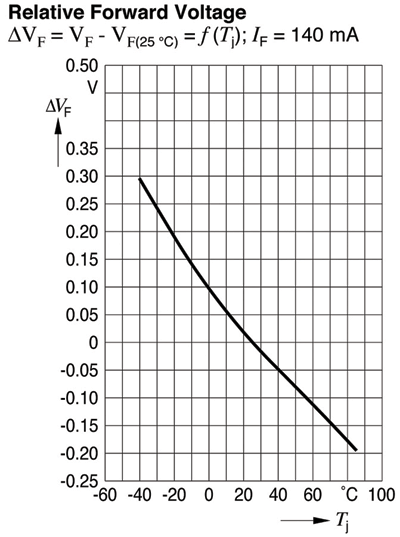
Fig. 1. Forward voltage drops as junction temperature rises.
Another LED characteristic related to junction temperature is the forward voltage, (Vf ), of the light-emitting diode (see Fig. 1 ). If only a simple bias resistor is used to control the drive current, Vf drops as temperature rises and the drive current increases. This can lead to thermal runaway, especially for high-power LEDs, and cause the LED to fail. Therefore, to control junction temperature, it is common practice to mount the LEDs on metal core PCBs to provide rapid heat transfer away from the LEDs. LED output can drop by over 20% before the junction temperature reaches 100C (see Fig. 2 ).
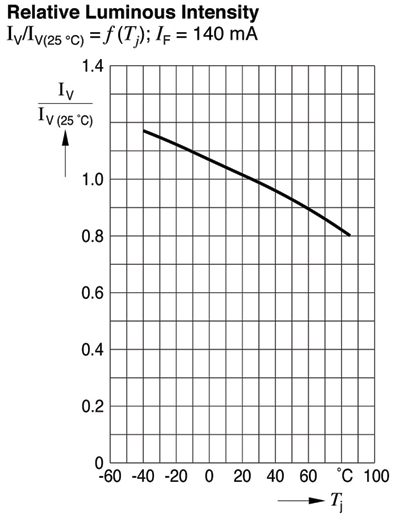
Fig. 2. Relative luminous intensity declines as junction temperature increases. Curves are for a white Advanced Power TOPLED (inset).
Proper thermal management is very important for efficient and reliable LED operation, but the manner in which an LED is used determines how much care a designer must take. Thermal management is not as critical a design factor in a hand-held device such as a mobile phone, when the display is not operated in continuous mode for a sustained period. On the other hand, thermal management requires special attention in applications such as industrial monitors and TVs, which are often operated on a 24/7 basis. Notebook computers generally don’t carry much heat sinking due to the weight issue, which is why we see a proliferation of after-market notebook cooling pads available. Optimum design requires a balance between extensive heat sinking versus cost, size and weight.
Efficiency
As previously mentioned, LEDs are current-driven devices in which light output decreases with increasing junction temperature and increases with forward current (see Fig. 3 ); forward voltage always increases with increasing current (see Fig. 4 ). An important consequence is that efficiency (the ratio of light output to electrical power input, usually expressed as lumens per watt) drops as input power increases, even though the output flux continues to increase (Fig. 5 ).
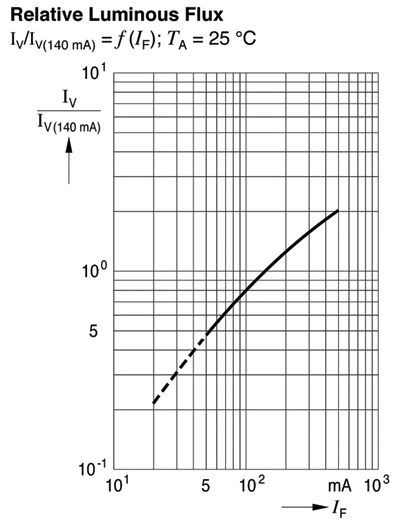
Fig. 3. Relative luminous intensity vs. forward-current IF .
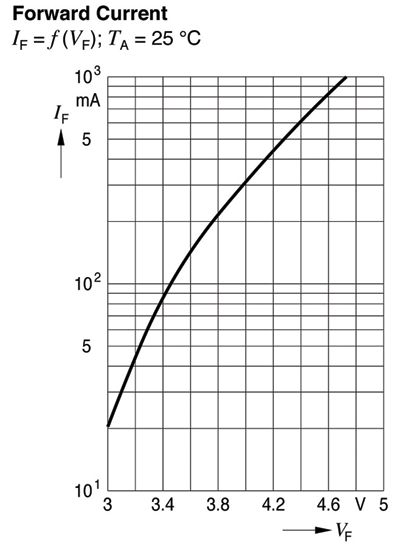
Fig. 4. Forward-current IF vs. forward-voltage VF .
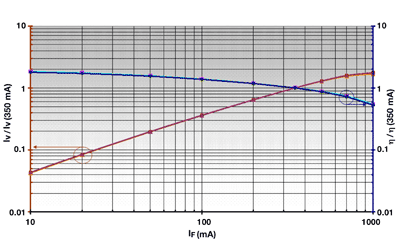
Fig. 5. Luminous intensity and efficiency vs. forward current.
Therefore, for any LED, operating it at a lower current will increase the efficiency, but also reduce light output. The light reduction can be offset by using more LEDs in the system, but designers need to strike a balance between LED costs and efficiency.
Driving circuitry
Most drive circuit designs today whether for a cell phone or high-end consumer TV employ some form of a constant-current driver.
A typical cell phone uses a battery that can run down to below its full-charge rating of 3 V. Full brightness of the LEDs needs to be maintained as the battery runs down, and anything less than 3 V is too low to permit use of a constant current driver for a white LED with a forward voltage of around 3 V. So LED drivers for cell phones invariably have charge pumps built in to boost the supply voltage while providing high power efficiency. A fine example of such an LED driver is the Maxim MAX8822.
For larger displays, which can use several hundred LEDs per panel, a number of sophisticated LED drivers are available, with multiple channels each capable of driving a series of LED strings. Besides saving driver costs, the large-display LED drivers have energy conservation features, such as advanced load balancing to compensate for Vf variations.
Stability and uniformity
As cell phones typically have lifetimes of two years or less, the LEDs used in these devices tend to be designed into small packages that support a 10,000-hour operating life (to half of initial brightness). Industrial displays and TVs, on the other hand, are expected to have an operating life of up to 50,000 hours. LEDs used in industrial apps need robust packaging that can withstand prolonged operation at maximum ratings. Also, LEDs for panels should age at the same rate and exhibit uniform color shift and brightness degradation.
To enable display makers to match LEDs and be able to obtain tight tolerance in brightness and color across each screen, LED manufacturers supply their products binned for brightness, color, and, in some cases, specific forward voltages.
Edge versus direct backlight
Edge lighting (see Fig. 6, left ) offers the benefits of a thinner backlighting solution, reduced LED count and cost, and is better suited for smaller panels and white LED backlights. Direct backlighting (see Fig. 6, right ) offers advantages in large, high-end displays that require RGB LEDs or high brightness for, say, use in direct sun.
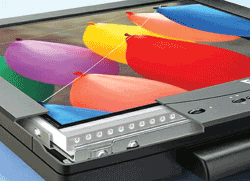
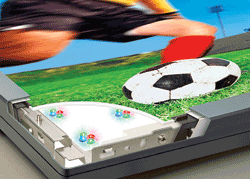
Fig. 6. Edge (top) versus direct (bottom) backlighting.
Recently a number of TV makers have demonstrated large screens with thin backlights (~1-in.) and local dimming, also known as high-dynamic-range (HDR), pioneered by Dolby Labs. Using direct backlighting, HDR systems modulate each LED’s brightness in accordance with the requirements of the area of the on-screen-image it affects. HDR not only offers a very high dynamic contrast ratio and broad dynamic range, it also reduces backlight power consumption, by 60% in one case. For now, high LED and driver costs limit HDR to high-end video systems. ■
Advertisement
Learn more about Osram Opto Semiconductors





